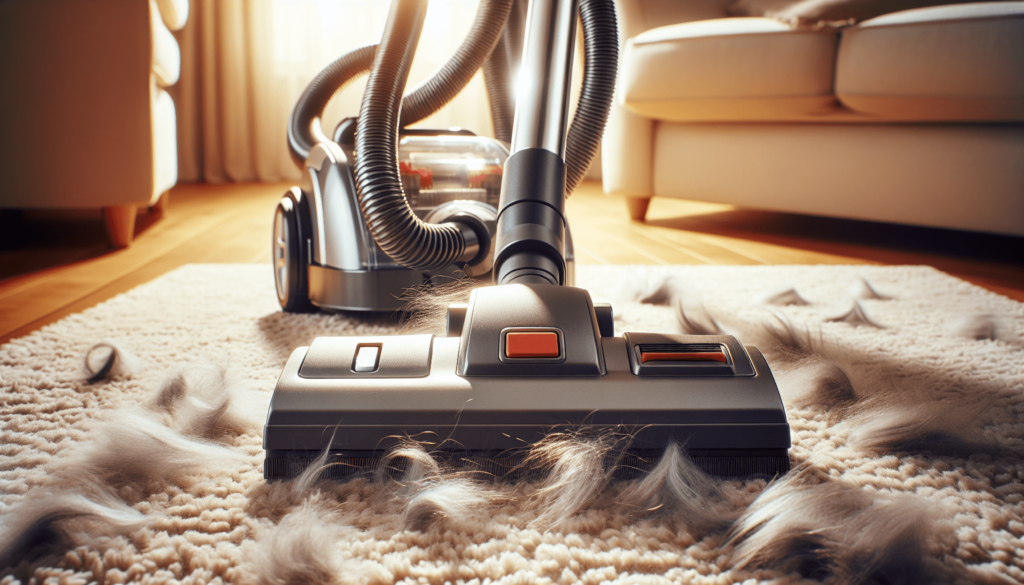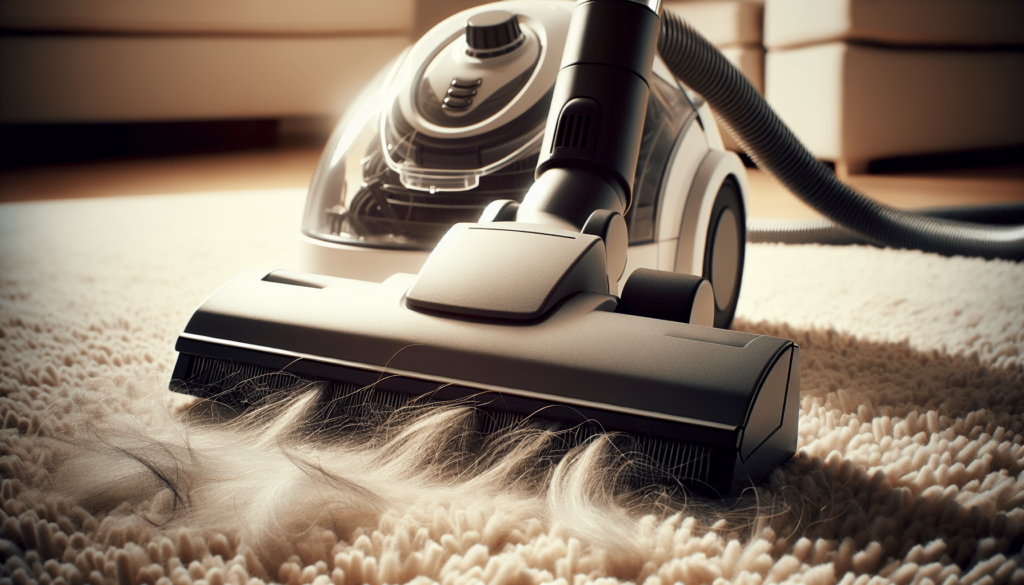Living in a multi-pet home can bring immense joy, but it can also present unique challenges, especially when pet allergies come into play. In “Tips for Managing Pet Allergies in Multi-Pet Homes,” you’ll discover practical and effective strategies to help you create a more comfortable and allergen-free environment for everyone. From selecting hypoallergenic pet breeds to implementing smart cleaning routines and setting up designated pet-free zones, this article offers invaluable advice to ensure both you and your furry friends can enjoy a harmonious and healthy home. Have you ever felt overwhelmed by pet allergies while living in a multi-pet home? It’s quite a common issue, and it can be daunting to balance between your love for your furry friends and your health. Don’t worry, because there are plenty of strategies and tips that can help you manage pet allergies effectively while still enjoying the company of your beloved pets.
Understanding Pet Allergies
Before diving into the tips, let’s start by understanding what pet allergies are. Essentially, pet allergies are an immune system reaction to proteins found in an animal’s skin cells, urine, and saliva. The most common culprits are cats and dogs, but other animals such as birds, rodents, and even reptiles can cause allergic reactions.
Common Symptoms of Pet Allergies
The first step toward managing pet allergies is recognizing the symptoms. Here’s a list of symptoms that might indicate you have a pet allergy:
| Symptom | Description |
|---|---|
| Sneezing | Often accompanied by a runny or stuffy nose. |
| Watery, Itchy Eyes | Eyes may become red and itchy. |
| Nasal Congestion | Mucus build-up leading to a stuffy feeling in the nose. |
| Coughing or Wheezing | Indicates a respiratory reaction, often due to inhalation of allergens. |
| Skin Reactions | Such as hives or eczema after direct contact with pets. |
| Shortness of Breath | In severe cases, pet allergies can trigger asthma symptoms. |
Causes of Pet Allergies
Pet allergies are typically triggered by exposure to pet dander, saliva, or urine. These substances contain proteins that can cause allergic reactions in sensitive individuals. Understanding these causes will help you identify and manage exposure more effectively in a multi-pet household.
General Strategies for Managing Pet Allergies
Managing pet allergies involves a combination of environmental control, medical treatments, and lifestyle adjustments. Let’s explore these strategies.
Minimizing Exposure to Allergens
Reducing your exposure to pet allergens is key to managing symptoms. Here are several practical tips:
Create Pet-Free Zones
Designate certain areas of your home, like your bedroom, as pet-free zones. This ensures you have a safe haven where allergens are minimized.
Regular Cleaning
Frequent cleaning reduces the amount of allergens in your home. Vacuum with a vacuum cleaner equipped with a HEPA filter and wash pet bedding regularly.
Use Air Purifiers
Using air purifiers with HEPA filters in key areas of your home can help reduce the concentration of airborne allergens.
Maintaining Your Pet’s Hygiene
Keeping your pets clean not only benefits them but also reduces the amount of allergens they produce.
Regular Bathing
Regularly bathing your pets can help remove allergens from their fur. Consult your vet on a suitable bathing schedule, as overly frequent baths can lead to skin issues.
Grooming
Brush your pets regularly to remove loose fur and dander. Grooming should ideally be done outdoors to prevent allergens from settling inside your home.
Medical Interventions
If minimizing exposure and maintaining hygiene aren’t enough, medical interventions can provide relief.
Over-the-Counter Medications
Antihistamines, decongestants, and nasal sprays are commonly used to alleviate allergy symptoms. Consult with your doctor to find suitable options.
Allergy Shots
Immunotherapy, or allergy shots, can help reduce your sensitivity to pet allergens over time. Discuss this option with an allergist.

Managing Allergies in a Multi-Pet Home
Managing allergies in a home with multiple pets requires additional effort but is entirely possible with systematic strategies.
Designing Your Living Space
The way you organize and maintain your living space can significantly impact the level of allergens.
Hard Floors Over Carpets
Carpets can trap allergens, making them difficult to eliminate. Consider using hard flooring options like tile, wood, or laminate, which are easier to clean.
Use Allergen-Resistant Covers
Allergen-resistant covers on mattresses, pillows, and sofas can prevent allergens from penetrating and accumulating in these areas.
Rotating Pet Duties
Sharing pet care responsibilities among household members can prevent excessive exposure to allergens for the allergy sufferer.
Delegate Tasks
Assign specific tasks like feeding, cleaning litter boxes, and bathing to non-allergic family members whenever possible.
Wear Protective Gear
When you need to handle tasks yourself, consider wearing gloves and a mask to reduce your exposure to allergens.
Allergen Reducing Products
There are several products available that can help reduce allergens in your home. Utilizing these products can be a game-changer.
| Product | Description |
|---|---|
| HEPA Air Purifiers | These purifiers are designed to trap airborne allergens and improve indoor air quality. |
| Allergen-Reducing Sprays | Sprays designed to neutralize allergens on surfaces and fabrics. |
| Allergen-Resistant Bedding | Specially designed bedding to block allergens from accumulating. |
| High-Quality Vacuum Cleaners | Vacuums with HEPA filters are more effective at trapping allergens during cleaning. |
Choosing the Right Pet
If you’re considering adding another pet to your household, choosing a pet that produces fewer allergens can help manage your condition.
Hypoallergenic Breeds
Some dog and cat breeds are known to produce fewer allergens. Examples include:
| Type | Hypoallergenic Breeds |
|---|---|
| Dogs | Poodle, Bichon Frise, Schnauzer, Maltese |
| Cats | Sphynx, Balinese, Russian Blue, Siamese |
Non-Mammalian Pets
Animals like fish, reptiles, and amphibians produce fewer allergens and might be a suitable option for sensitive individuals.

Natural Remedies and Lifestyle Changes
In addition to medical treatments and allergen-reducing products, natural remedies and lifestyle changes can offer relief.
Natural Remedies
Several natural remedies are known for their anti-inflammatory and antihistamine properties.
Nasal Irrigation
Using a saline solution for nasal irrigation can help clear your nasal passages of allergens.
Herbal Supplements
Supplements such as quercetin and butterbur are known to have antihistamine properties. Always consult with your doctor before starting any supplement.
Lifestyle Changes
Making certain lifestyle changes can significantly reduce the frequency and severity of allergic reactions.
Stress Reduction
Stress can worsen allergy symptoms. Practices like yoga, meditation, and regular exercise can help manage stress and improve your immune function.
Diet and Nutrition
Eating a healthy diet rich in anti-inflammatory foods can strengthen your immune system and reduce allergy symptoms. Foods high in omega-3 fatty acids, such as fish and flaxseed, are particularly beneficial.
When to Seek Professional Help
While many can manage their allergies with home remedies and medications, sometimes professional help is necessary.
Consulting an Allergist
An allergist can provide a comprehensive diagnosis and tailor a treatment plan specific to your needs.
Allergy Testing
Allergy testing can help identify specific allergens that cause your symptoms and determine the severity of your condition.
Personalized Treatment Plans
Based on your test results, an allergist can recommend treatments like immunotherapy that offer long-term relief.
Emergency Situations
In rare cases, pet allergies can lead to severe reactions that require immediate medical attention. Be aware of symptoms like difficulty breathing, severe swelling, or anaphylaxis, and seek emergency care if they occur.
Emotional and Psychological Support
Managing pet allergies in a multi-pet home can be emotionally taxing. It’s important not to overlook the emotional and psychological aspects.
Support Groups
Joining support groups can provide you with a community of people who understand your struggles and can offer practical advice and emotional support.
Counseling
If managing pet allergies is significantly affecting your mental health, counseling or therapy can be beneficial. A mental health professional can help you develop coping strategies and manage stress.
Final Thoughts
Living in a multi-pet home with pet allergies can be challenging, but it is far from impossible. By understanding your allergies, utilizing a combination of medical treatments, lifestyle changes, and allergen-reducing products, and seeking professional help when needed, you can successfully manage your condition. Remember, it’s all about finding the right balance that allows you to enjoy the company of your pets while maintaining your health and well-being.
If you’re ever feeling overwhelmed, don’t hesitate to reach out for support. There are numerous resources and communities dedicated to helping people manage pet allergies effectively. With persistence and the right strategies, you can create a harmonious and healthy living environment for both you and your pets.
